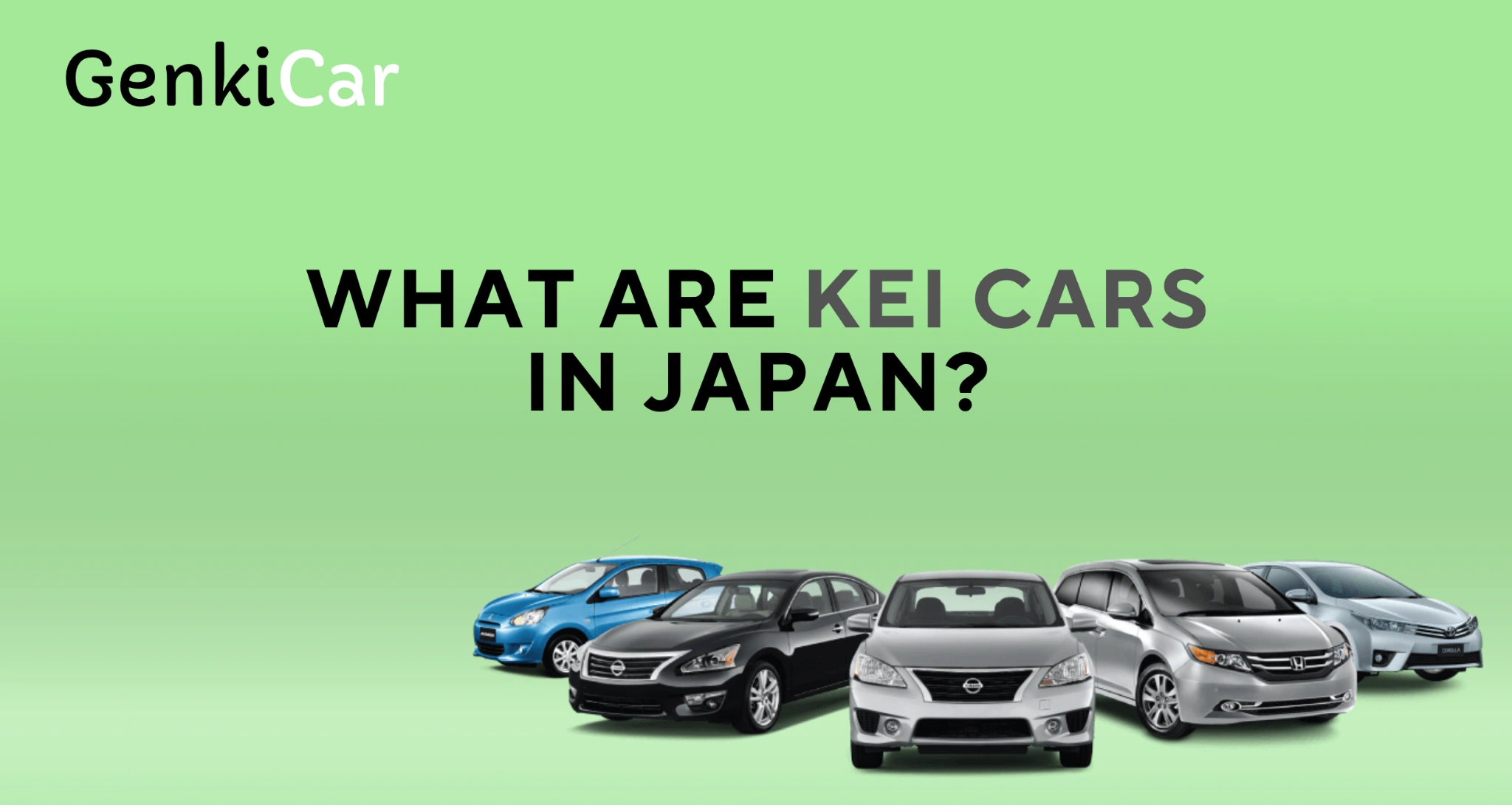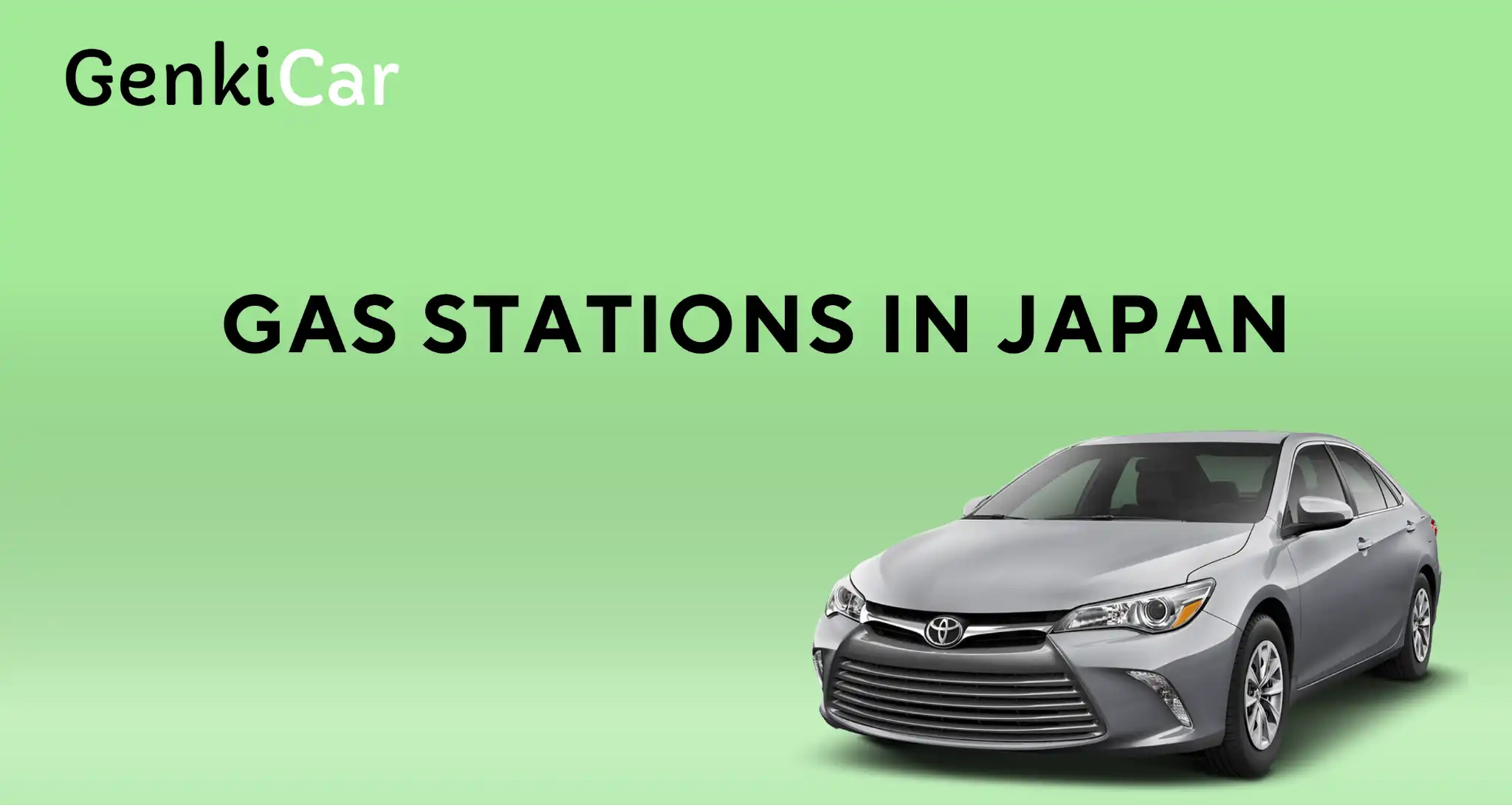Have you come across the cubic-shaped “Cute” cars while living in Japan? Yes, those are Kei cars, or “軽自動車” (kei-jidōsha) in Japanese, a unique category of compact vehicles designed specifically to meet Japan’s need for efficient, space-saving transportation. These cars, defined by strict regulations on size and engine capacity, have grown in popularity over the decades, becoming an essential part of Japan’s urban mobility. With their affordable price points, typically lower operating costs, and easy maneuverability in narrow city streets, kei-cars are a popular choice among Japanese residents and expats alike. In this article, we will provide you with a comprehensive look at why kei-cars are ideal for city life in Japan. We’ll explore their key features, cost benefits, and any limitations, giving you a clear understanding of why these compact cars are so well-suited to urban Japan.
What Makes those small japanese cars?
Those small cars originated in post-war Japan to address the need for affordable, compact, and efficient vehicles in a country with limited space and resources. Introduced in 1949, this car category aimed to make vehicle ownership accessible while supporting the recovery of Japan’s automotive industry. The government implemented strict regulations on kei car dimensions and engine displacement, capping engines at 660cc and limiting power output to 64 PS (about 63 horsepower) to keep them affordable and efficient.

Over time, these small, boxy vehicles became integral to Japan’s economic growth and everyday life. By allowing owners to lower tax rates and insurance costs, kei-cars quickly rose in popularity, especially in densely populated urban areas. Those cars have since evolved to incorporate advanced features while retaining their compact design, embodying a blend of practicality and affordability that appeals to a broad demographic in Japan.
Ready to find the perfect kei car for city life in Japan? Contact us for our recommended English-speaking dealership near you.
Key Features
They are defined by their compact dimensions, restricted to a maximum length of 3.4 meters, width of 1.48 meters, and height of 2.0 meters. Despite their small footprint, they are thoughtfully designed to maximize interior space and comfort, often featuring boxy shapes and practical layouts that make them ideal for city driving.
Popular models include the Suzuki Alto, a cost-effective and fuel-efficient choice; the Honda N-Box, renowned for its spacious interior and advanced safety features; and the Daihatsu Move, which combines a compact size with excellent maneuverability. These models reflect the category’s commitment to practicality, low emissions, and cost savings, making kei-cars a defining feature of Japanese urban life.
To help you choose the right model for city driving in Japan, here’s a quick comparison of popular models:
| Model | Fuel Efficiency (km/L) | Average Starting Price (¥) | Seating Capacity | Cargo Space | Safety Features | Hybrid Option |
|---|---|---|---|---|---|---|
| Suzuki Alto | 23.2 | 943,800 – 1,535,600 | 4 | Compact | Basic | Yes |
| Honda N-Box | 20.5 | 1,420,000+ | 4 | Spacious | Advanced | Yes |
| Daihatsu Move | 24.6 | 1,200,000+ | 4 | Moderate | Standard | No |
| Suzuki Wagon R | 25.2 | 1,300,000+ | 4 | Compact | Advanced | Yes |
| Mitsubishi eK | 22.5 | 1,250,000+ | 4 | Compact | Standard | No |
Why Are Kei Cars Perfect for Urban Living in Japan?
Engineered with Japan’s densely populated cities in mind, where space is a premium and narrow streets and limited parking are common. With restricted dimensions those small japanese cars can sneak between Japan’s narrow streets with ease, making them particularly well-suited for urban environments. The compact size also makes it much simpler for drivers to find parking, as kei-cars require less space than standard vehicles. In many urban areas, owners of kei-cars benefit from relaxed parking requirements, avoiding the often costly process of securing a large parking space.
Fuel Efficiency and Environmental Benefits
Fuel efficiency is another key advantage of those small cars, making them an economical choice for daily commuting. Most kei-cars achieve fuel efficiency rates around 20-25 km/L, which helps drivers save on fuel costs while reducing their environmental impact. Some models, like the Suzuki Wagon R, even incorporate hybrid technology, achieving impressive fuel economy at 25.2 km/L.
Beyond fuel savings, the Japanese government incentivizes eco-friendly vehicles, including k-cars, with tax reductions and subsidies for low-emission models. Many of these tiny cars are designed to meet Japan’s stringent environmental standards, meaning owners benefit from lower taxes and registration fees, aligning well with both financial and environmental considerations.
What Are the Cost Benefits of owning a Kei Car in Japan?
One of the key appeals is their affordability compared to standard vehicles. With a smaller size, simpler engineering, and lower production costs, kei-cars are generally less expensive to buy outright. New models can range between ¥1 million and ¥1.5 million, depending on the model and features, while entry-level versions may cost even less. This price point makes them accessible for buyers on a budget, especially for students, city residents, and those looking for a secondary vehicle.
The used kei-car market also offers significant savings. Since kei-cars are typically well-maintained and have lower mileage due to their primary use as city vehicles, they hold their value well and provide a cost-effective option for used car buyers. Models like the Suzuki Alto and Daihatsu Mira are particularly popular in the secondhand market due to their reliability and low resale price, making them ideal for buyers seeking both affordability and longevity.
Lower Maintenance and Insurance Costs
Not only affordable to purchase but also economical to maintain. With smaller engine size and simplified mechanics lead to lower routine maintenance costs, including cheaper parts and reduced labor expenses. For instance, smaller engines consume less oil, and replacement parts like tires and brakes are typically less costly than those for larger vehicles. Additionally, because kei-cars weigh less than standard vehicles, they experience less wear and tear, further reducing long-term maintenance expenses.

Insurance costs are also notably lower for kei-cars. Japanese insurance companies often offer reduced premiums for kei-cars due to their light weight and compact size, which pose a lower risk in traffic accidents. Many kei-cars, come equipped with safety features such as automatic braking and collision mitigation, which can lead to additional insurance discounts. These combined factors make kei-cars one of the most budget-friendly choices for urban commuters in Japan, offering savings on purchase, maintenance, and insurance.
What Are the Limitations of Kei Cars?
One limitation of these cars is their lower engine power, which makes them less suitable for highway driving or long-distance travel. As mentioned earlier, due to government regulations, kei cars have restricted engine size which is sufficient for city and short-distance travel, but it limits acceleration and top speed, making it challenging to drive at higher speeds on expressways. This reduced power can also impact the car’s ability to handle uphill or steep terrain effectively, as the engine may struggle to generate enough torque for rapid acceleration or heavy loads.
For drivers who need a vehicle capable of frequent highway or long-distance trips, standard-sized cars or compact sedans are generally more suitable, as they offer more power and stability at high speeds. Those tiny cars are best suited for short commutes and city driving, where the emphasis is on fuel efficiency and maneuverability rather than speed and acceleration.
Restricted Passenger and Cargo Space
Another limitation of k-cars is their smaller interior space, which can limit cargo capacity. As a result, they are typically limited to four seats, which can be cramped for larger groups or families. While models like the Honda N-Box and Suzuki Spacia make clever use of space, offering surprising headroom and legroom for city driving, the overall interior space still falls short for those needing extensive storage or seating options.
Kei-cars also offer limited cargo room, especially when all seats are occupied. For instance, these vehicles may struggle to accommodate larger items or bulkier luggage, which can be an issue for families or those needing a versatile vehicle for mixed-use purposes. Though some models have configurable seating that allows rear seats to fold down for more cargo room, kei-cars are generally best suited for daily errands and light transport rather than heavy-duty hauling or long-distance family trips. For those with frequent cargo needs or larger passenger requirements, we would recommend a larger vehicle.
Top 3 Tips for Buying a K-Car
- Assessing Your Needs
Beforehand you should determine if a kei car truly fits your lifestyle and driving habits. kei-jidōsha are ideal for drivers who mainly navigate city streets or have shorter commutes, as their design is optimized for fuel efficiency and maneuverability rather than speed or power. Consider factors like daily travel distance, passenger capacity, and cargo needs. If you often drive solo or with one other passenger and prioritize budget-friendly transportation, a kei car could be an excellent choice. However, for regular highway travel or frequent trips with multiple passengers, you may want to evaluate other vehicle types.
- Choosing Between New and Used Kei Cars
When deciding between new and used kei cars, each option offers distinct benefits. A new kei car provides the latest features, advanced safety technology, and typically better fuel efficiency. New models like the Honda N-Box or Suzuki Spacia come equipped with modern tech such as lane-keeping assistance and fuel-saving hybrid options.
On the other hand, used kei cars are more budget-friendly and can provide similar functionality at a fraction of the price. If you choose a used kei car, make sure to review the vehicle’s maintenance history and inspect it thoroughly, especially the Shaken (Japan’s biannual vehicle inspection). Older vehicles may require more frequent inspections and repairs, so understanding age-related costs is important for budgeting.
For more info on the car buying process in Japan, check out our Ultimate Guide to Buying Cars In Japan As a Foreigner.
- Evaluating Kei Car Models and Features
Japan’s kei car market offers diverse options, from budget-friendly models to more feature-rich choices. Popular brands like Honda, Suzuki, and Daihatsu offer models that balance fuel efficiency, practicality, and safety features. For example, the Suzuki Wagon R is known for its high fuel efficiency, while the Mitsubishi Delica Mini appeals to those with outdoor interests, offering off-road capabilities in a compact format.
Always look for models with advanced safety features like automatic braking and collision warning, which are becoming standard in newer kei cars and can reduce insurance premiums. Consider customization options as well, as some models allow for personal touches to suit different lifestyles and preferences.
Is a Kei Car Right for You?

In conclusion, kei-cars offer a practical, efficient, and cost-effective solution for navigating city life in Japan. With their low purchase prices, fuel efficiency, and ease of parking, kei cars are particularly well-suited for urban drivers on a budget. However, be sure to weigh the benefits against limitations such as lower speed and restricted cargo capacity. For those primarily driving in city settings, with occasional short trips, kei-cars provide an accessible way to get around without the high costs associated with larger vehicles.





